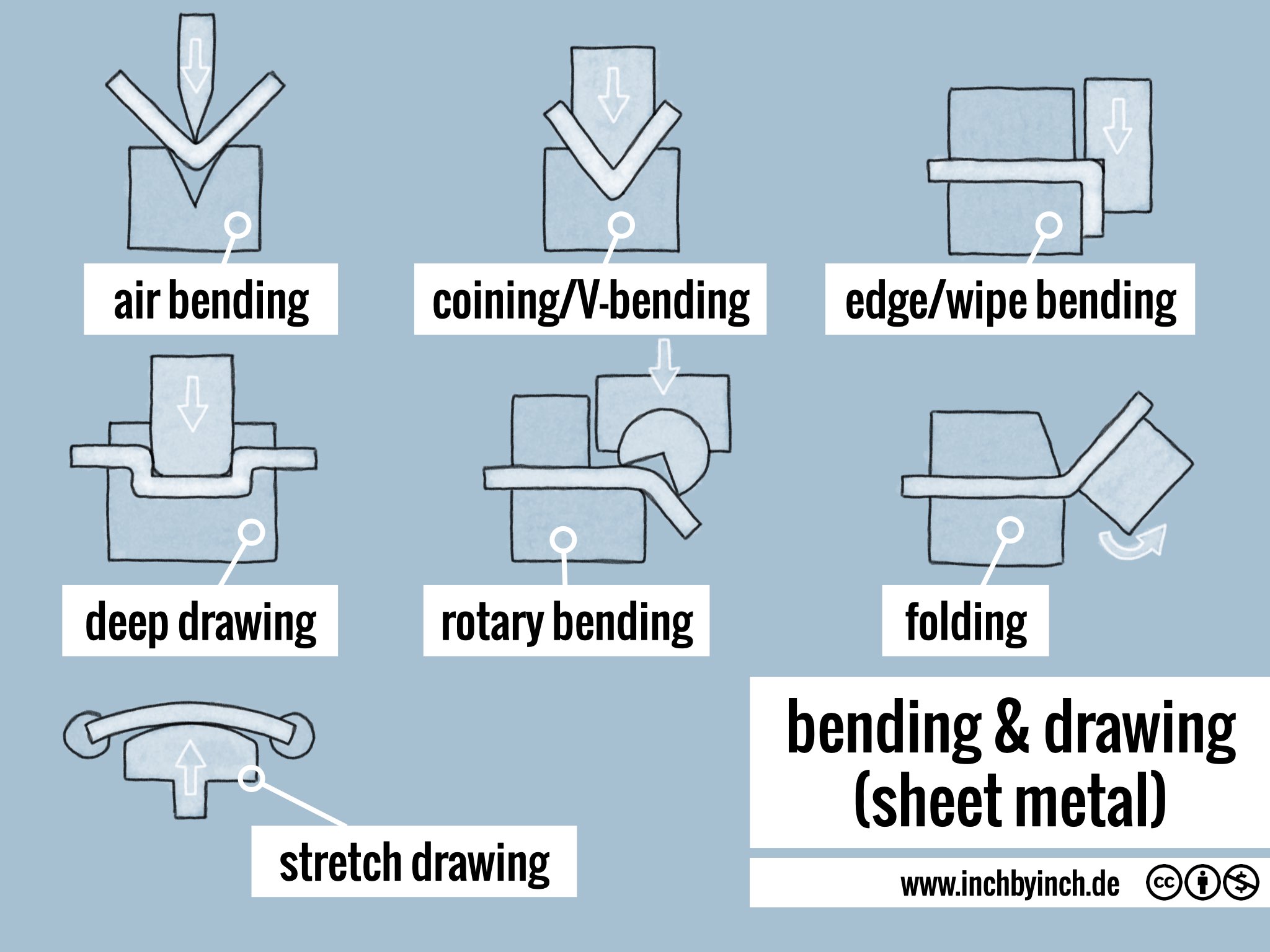
Sheet metal bending is a standard fabrication technique used to form metal sheets into the desired curves for designs.
Bending engineering materials using this method is almost universally achievable; however, each material type may have certain restrictions due to inherent properties or how it's processed.
1. Know Your Requirements
Before selecting a sheet metal bender, it's essential that you understand your requirements. These may include factors such as part size and angle bending. In addition, take into account k-factor (elastic recovery caused by residual stresses in material).
Eastwood provides an extensive range of precision-engineered metal bending machines designed to suit a range of applications - from simple creases to complex shapes - with precise results you need for every need.
Our panel bending machine, for instance, is used to produce floor panels and inner fenders from steel and aluminum with ease. Equipped with brake, slip roll, and shear functions for all-in-one functionality - making this equipment suitable for complex forming projects with minimal setup time needed - other models such as our cornice brake are capable of producing curved shapes or cylindrical forms easily.
2. Know Your Materials
Sheet metal bending involves applying force to sheet metal in order to alter its shape, with enough force exceeding the material's yield strength to achieve plastic deformation and produce plastic deformation. The amount of force necessary will depend on the design specifications for a given part.
The type of metal being bent also impacts its bending process; stainless steel, for instance, is harder to bend due to its higher content of chromium and thus requires a more powerful machine as well as pre-bending before final bending to avoid cracking or wrinkling.
There is a variety of metal bending machines available for fabricating sheet metal parts. A cornice brake can create simple creases while box and pan metal brakes are better equipped to handle more complex shapes such as truck beds or inner fenders.
3. Know Your Budget
Sheet metal bending involves shaping flat metal into curved or angled forms using either specialized equipment or by hand.
Costs associated with sheet metal bending vary considerably based on project complexity and materials used. For instance, using stainless steel can be more costly than mild steel due to chromium's anti-corrosion protection; making it harder to work with.
Labor rates can also differ widely. Some freelance engineers charge by the hour while others may set a flat fee. Sheet metal bending costs also depend on how quickly your project must be completed.
4. Know Your Timeline
Sheet metal fabrication is an invaluable skill in any machinist's toolkit, from creating aircraft's intricate details to manufacturing technology support brackets that help advance industries across different fields - everything has likely been manufactured through sheet metal fabrication processes.
Bend allowance should be considered when designing sheet metal pieces. It determines the amount of metal required to form specific angles and radiuses, providing valuable data that can then be used when creating flat patterns for laser cutting and bending.
Bending can be an extremely time-consuming process. Calculating force requirements, bend lines and orders takes considerable time; additionally, setting up your machine for bending requires changing tools and dies as well.
5. Know Your Safety
When using a sheet metal bender, there are certain safety guidelines to abide by in order to ensure everyone remains protected. These include:
Maintaining distance from machinery is paramount, as failure to do so could result in cuts and lacerations as well as burns from working with hot metal. Also, when bending metal pieces may break off into smaller fragments that enter your lungs and lead to breathing problems or respiratory illness.
People moving heavy materials should remember to lift with their legs rather than strain their backs when lifting, in order to prevent back injuries. Furthermore, Brake Pressing service should wear appropriate attire such as gloves, pants, long sleeved shirts and sturdy safety boots when operating machinery that could contain sharp equipment or metal particles that could harm themselves or others.
